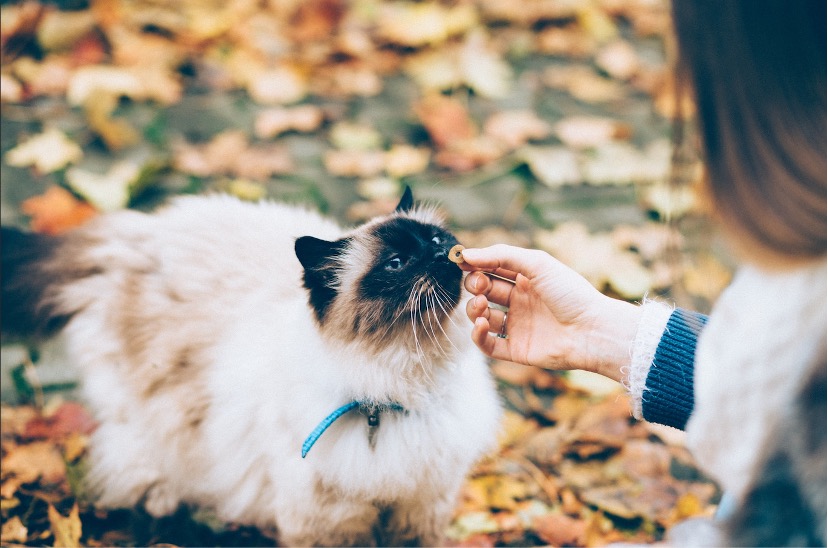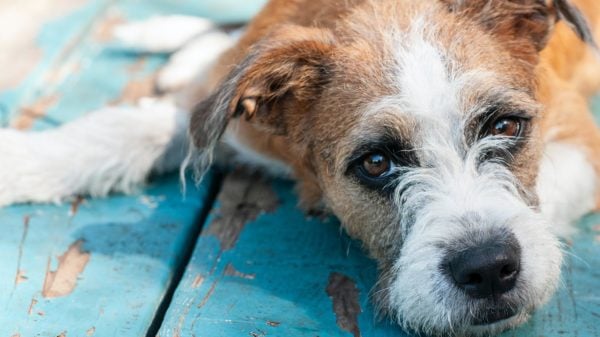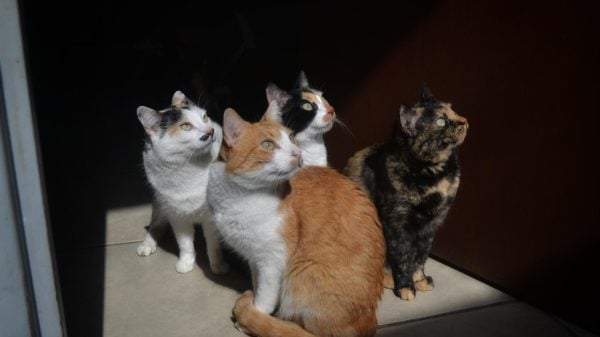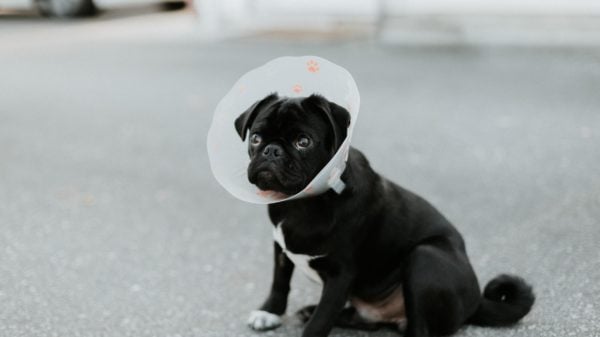Very much like human beings, cats and dogs can have food hypersensitivities, as well. Also, similar to people, those hypersensitive reactions can range from disturbing to extreme and hazardous.
Food hypersensitivities in pets can start at whatever stage in life. They can begin regardless of whether your cat or dog has been eating a similar diet for quite a long time or not. Let’s see how different allergies can affect your pets.
Ear or Paw Contaminations
Rehashed diseases in your cat’s ear or paws might be an indication of food affectability, not a food hypersensitivity. Try not to rush and give them medicine that wouldn’t help them. Before making any decision, try to consult a professional and then give them the required medication.
There’s a distinction between food hypersensitivity and food affectability. For instance, a sensitivity triggers a prompt, safe framework reaction. Food affectability doesn’t. Your cat might have food affectability if they have a slow response to digesting food.
Skin Issues
Hives, otherwise called urticaria, may spring up 6 to 24 hours after your cat eats the food they are susceptible to. If your cat has short hair, these irritated, red knocks are simpler to see. Otherwise, you might need to feel for them.
In cats, skin aggravation might set aside more effort to see. Little bumps loaded up with liquid might create over a couple of months, yet they, for the most part, don’t spring up for the time being.
With irritated skin and hives, your pet probably will scratch, nibble, and lick the influenced regions, which can prompt broken skin. If in case the skin is exposed, there’s a possibility your pet could get a disease, which would require treatment. All that scratching can prompt balding.
Diagnosis
If in case your vet suspects that your cat or dog may have a food allergy, your pet might get:
Sensitivity Testing
Just like in people, sorting out a pet’s food hypersensitivity can set aside the root of the problem. To start, your vet might attempt to preclude different things that could prompt a canine or feline’s manifestations.
Seek Out a Nutritionist
An ideal approach to sort out a food sensitivity is with one of these, which ought just to be done under the consideration of a vet or nutritionist, who might recommend extraordinary nourishment for your pet during the preliminary.
It would be best if you had the assistance of an expert with this. That is the best way to ensure you both discover the reason for the sensitivity and do it in a healthfully thorough manner.
Treatment
More often than not, you can oversee food sensitivities in cats and dogs by changing what they eat, so they stay away from their trigger food. Your vet might recommend a drug or a skin cream to facilitate manifestations while they sort out a drawn-out arrangement. It’s uncommon, yet a hazardous hypersensitive response can occur, and your pet will be unable to relax. If that happens, call a crisis animal emergency clinic immediately.































































